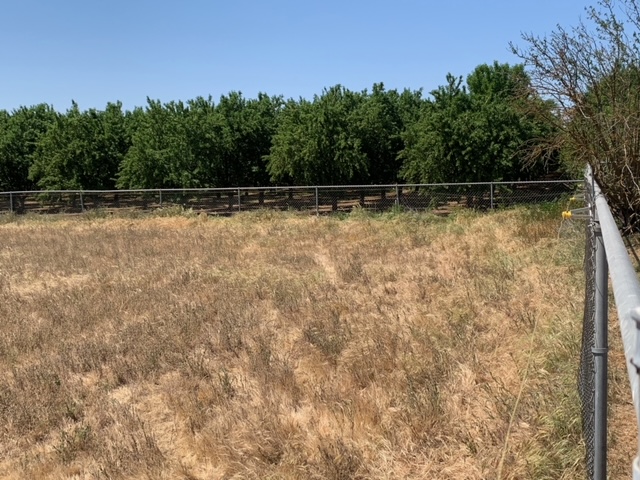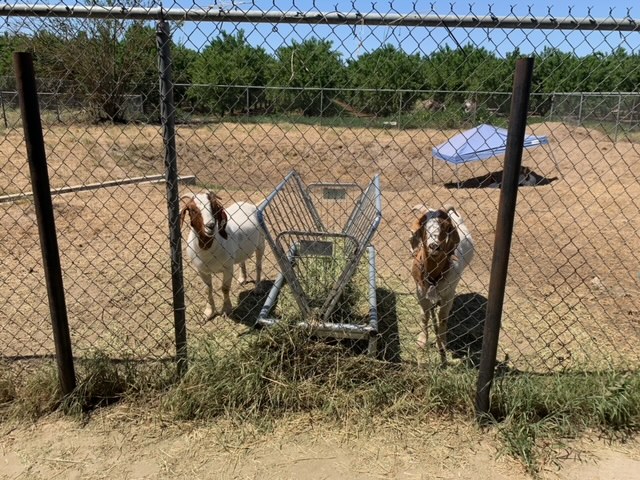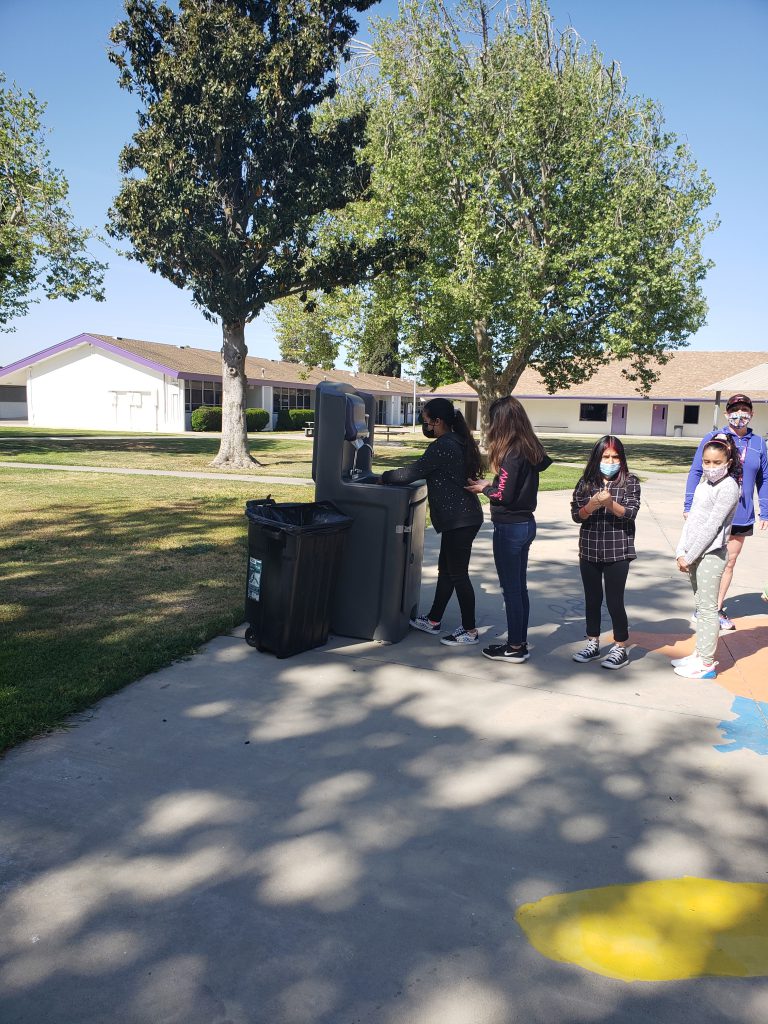It was Staff Appreciation Week in the Denair Unified School District, a time to recognize and honor the many positive impacts employees consistently make on more than 1,300 students.
The district includes nearly 250 teachers, food service workers, classroom aides, office staff, grounds and maintenance employees, counselors and others across its four campuses. All play key roles in educating students ranging in age from pre-school to high school.
“Our employees are the heart of our district,” said Superintendent Terry Metzger. “Our mission is to provide the very best education we can to every student and that wouldn’t be possible without the professionalism, passion and dedication of each of our employees.
“That’s never been truer than in the past year, when we have been challenged to continue that mission in a way that most of us never could have imagined. We truly appreciate each and every one of our employees who have enabled us to serve our students.”
On Tuesday, each Denair employee received a card from Metzger and the five school board members expressing thanks for the difference they make in the lives of children. Wednesday, every employee was invited to enjoy a free drink paid for by the district from the Coyote Cup of Kindness, a cart run by the high school’s special education students. And Thursday, there was a barbecue luncheon for all employees.


